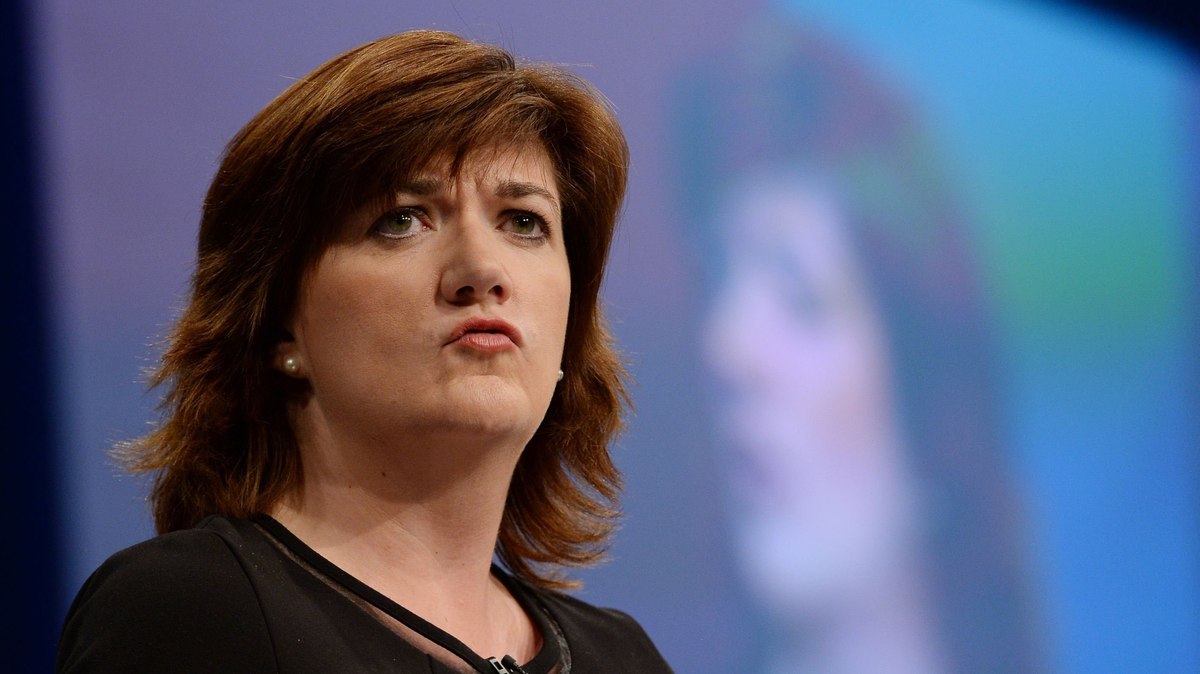The first grammar school to be built in over fifty years has been given the go-ahead by the Education Secretary, Nicky Morgan.
She insists that the government still opposes to the return of selective education in Britain’s secondary school system but some of her Conservative colleagues think that is precisely what the country needs. So should we be bringing back the eleven-plus?
Ms Morgan’s announcement concerns the Weald of Kent girls’ grammar school in Tonbridge, Kent. She has agreed that the school should build what they call an “annexe” which would allow them to take another 450 girls. They would qualify by passing an entrance exam at the age of eleven. The new annexe will open in September 2017.
What has outraged the is that the “annexe” is ten miles away in Sevenoaks. To them it is no annexe at all, but a new grammar school in all but name. They charge the government with having used a dodge to get round a law passed by the last Labour government in 1998, which allows the expansion of existing grammar schools but bans the creation of new ones.
Ms Morgan insists, however, that it is a genuine expansion. Over a thousand pupils in Sevenoaks already commute to grammar schools in Tonbridge and Tunbridge Wells and as the population of Kent gets bigger, this pressure for more grammar school places is bound to increase further. So it is entirely justified for existing grammar schools to want to expand, she argues. Grammar schools in other parts of the country are likely to follow the lead set in Kent.
The continuing existence of grammar schools in the state education system is something of an anomaly. There are 163 of them in England, mostly in Kent, Buckinghamshire and Trafford, in Manchester. There are sixty in Northern Ireland. They are the remnants of the 1944 Education Act, which set up a selective secondary system in which all eleven-year-olds would sit an exam. Those who passed would be eligible to attend grammar schools, specialising in academic subjects, and those who failed would go to secondary modern schools. In the 1960s there were around 1,300 state grammar schools in England, catering for around 25% of pupils.
But dissatisfaction with the system soon grew. It was thought that eleven was too early an age to judge a child’s academic aptitude and many secondary moderns were regarded as providing inadequate education. These criticisms led to the introduction of comprehensive education which did away with the eleven-plus exam. Both Labour and Tory governments encouraged local authorities to go down the comprehensive schools route. A few local authorities (like Kent) held out, which is why some grammar schools still exist. The 1998 Act attempted to regularise the anomalous situation by allowing existing grammar schools to expand while prohibiting the creation of new grammar schools. Ms Morgan claims her decision this week is consistent with this policy.
But some Conservatives have long argued that new grammar schools should be created where people want them and they claim many people do. Graham Brady, the Tory MP for Altrincham and Sale which is part of Trafford, resigned from David Cameron’s front-bench team when the party was in opposition precisely because Cameron refused to change the policy. He continues to campaign on behalf of grammar schools.
The case for grammar schools has always been that they provide a means for bright children from poorer homes to overcome their disadvantage and make the most of their abilities. Grammar schools, it was said, were the necessary instrument of a meritocratic society, allowing bright working class kids to compete with public-school pupils: the former Tory leader, Michael Howard (a grammar school boy) used to tease the Labour leader, Tony Blair, for being a privileged public schoolboy.
A more recent argument in favour of selection has been that the comprehensive model has not done away with the advantage enjoyed by money. All affluent parents need to do to get their children into the best comprehensives is to buy a house near one mof them. So selection is now done by money rather than exam and poorer children have to put up with what Alistair Campbell, Tony Blair’s spin doctor, called ‘bog-standard comprehensives’.
Thyey also argue that where grammar schools still exist wealthier parents use their money to provide their kids with extra coaching in order to pass the eleven-plus. The result, according to the Sutton Trust which campaigns for greater education opportunity for children from poorer backgrounds, is that only 3% of pupils in grammar schools are eligible for free school meals (an indicator of relative poverty) compared with 18% of children in the areas where those grammar schools exist. In short, as Lucy Powell, Labour’s shadow education secretary, says, grammar schools ‘don’t improve social mobility’.
This was strongly the view of Nicky Morgan’s predecessor, Michael Gove. His approach to improving the educational opportunities of bright children from poorer backgrounds was to expand the academy school programme, inherited from Labour, and to introduce free schools. Both types of school are independent of local authority control and neither involves the return of the eleven-plus.
Mr Gove’s opposition to new grammar schools is backed by the man he appointed to run Ofsted, Sir Michael Wilshaw. Sir Michael said: ‘What does the country need more of? Schools that educate only the top 20% of students, 90% of whom get good GCSEs, or schools that educate 100% of students, 80% of whom are capable of getting good GCSEs? I think the answer is pretty obvious.’
But Mr Brady and those who agree with his views are unlikely to give up, not least because they believe the public shares their enthusiasm for grammar schools. So is Ms Morgan’s permission for Weald of Kent School to build its “annexe’ the first, tentative step towards the re-introduction of grammar schools? And even if it isn’t, should it be?









